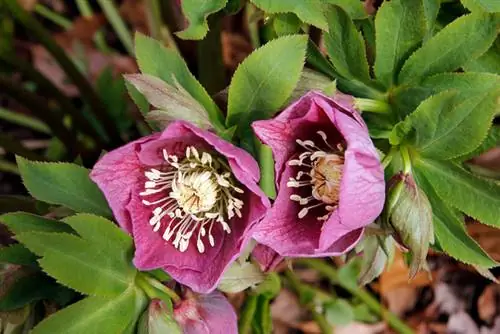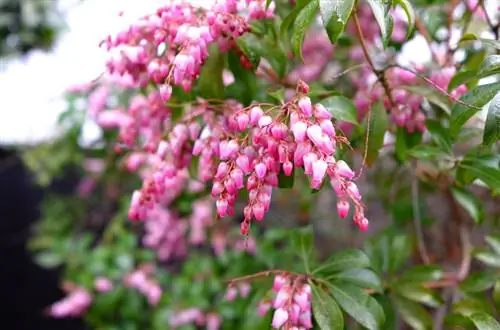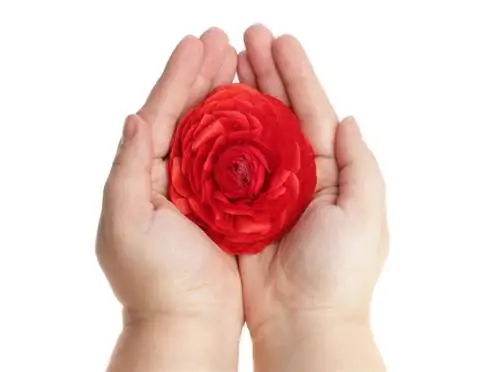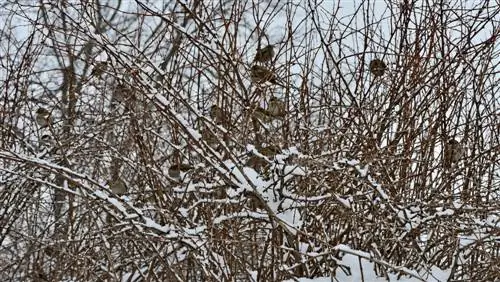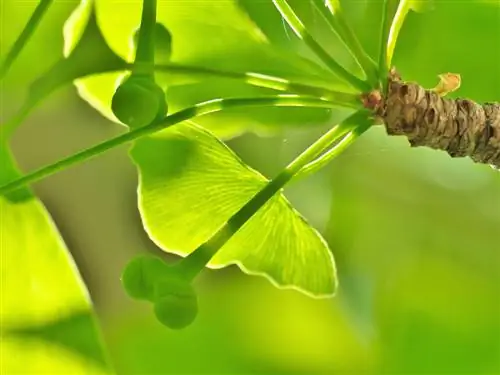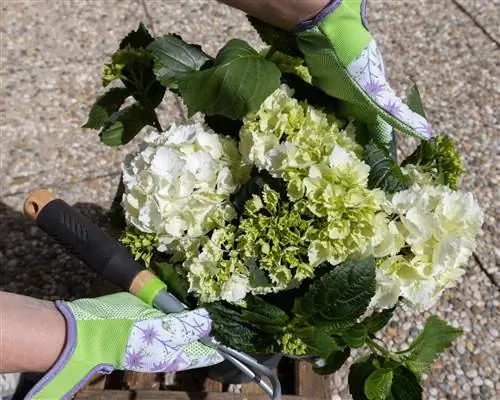- Author admin [email protected].
- Public 2023-12-16 16:46.
- Last modified 2025-01-23 11:20.
Like the Christmas rose, the Lenten rose is a popular garden perennial because it is robust, requires little care and produces colorful flowers very early in the year. Unfortunately, like all hellebore species, the perennial is highly poisonous.

Are spring roses poisonous?
The Lenten rose is a poisonous plant because all parts of it - leaves, flowers, roots and seeds - contain toxic substances such as saponin, helleborein and hellebrin. Accidental ingestion requires immediate medical attention and skin contact may cause irritation.
Lengenroses are poisonous
The spring rose is highly poisonous in all parts:
- leaves
- Flowers
- Roots
- Seeds
The perennial contains saponin and the glycosides helleborein and hellebrin. They are just as toxic as digitalis. If you accidentally ingest it, you should consult a doctor immediately.
The plant sap has an irritating effect on the skin. The plant also gives off an odor that makes sensitive people sneeze. This also gave the main species the name “hellebore”. If children and pets use the garden, caution is advised when caring for spring roses.
Tip
Do not plant spring roses in a location that is too shady. In the shade the flowers remain very small. The risk of waterlogging is also particularly high here.

